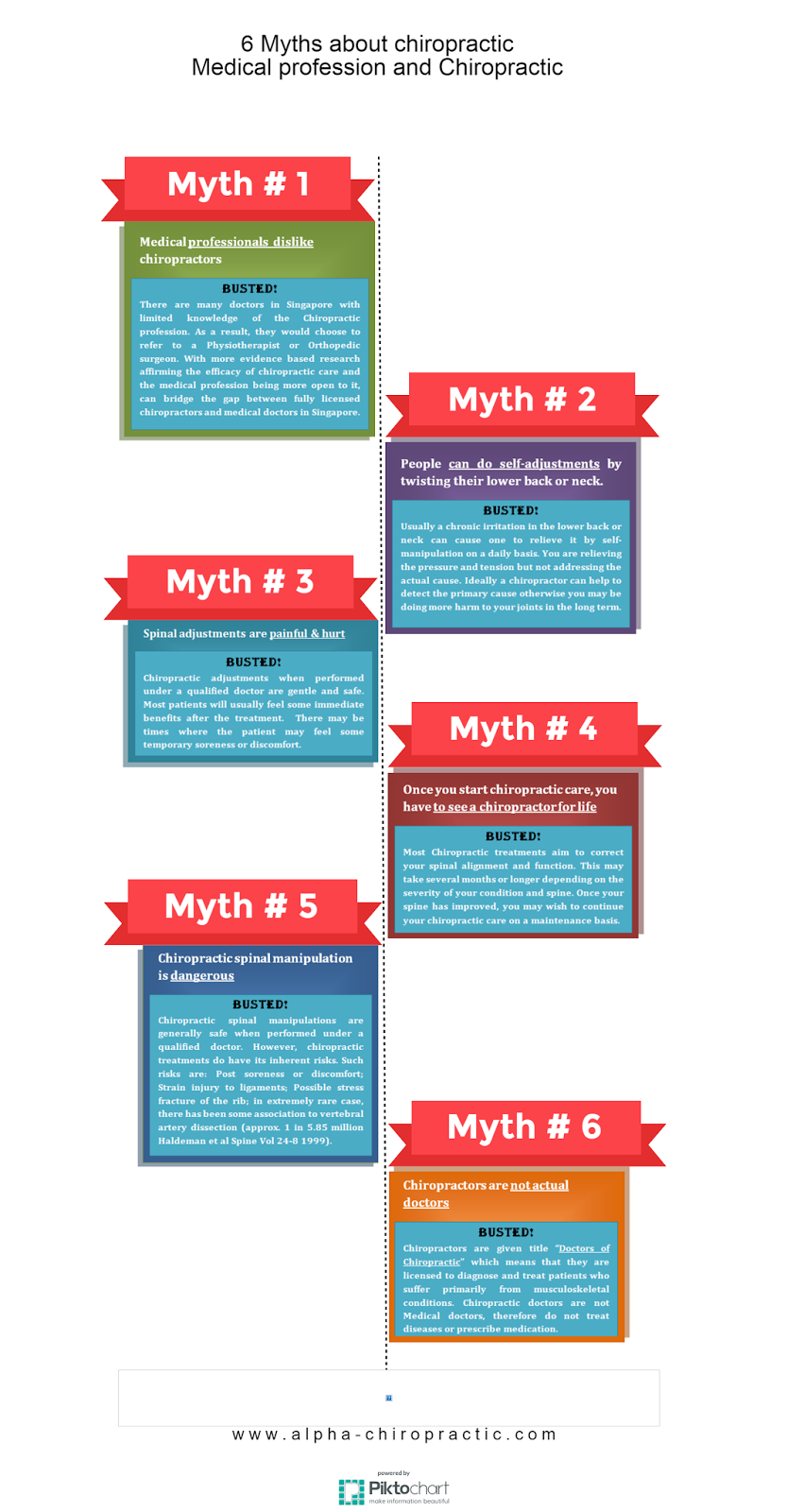Preserving correct position isn't almost sitting up straight; it has to do with straightening your body in a way that supports your back and minimizes the danger of neck and back pain. The means you rest, stand, and move throughout the day can considerably affect your spinal health. However exactly how specifically can you make certain excellent positioning constantly, also during busy days loaded with different activities? Let's delve deeper into the refined yet impactful changes you can make to your day-to-day regimen to maintain your back satisfied and healthy.
Value of Proper Stance
Proper position is crucial in keeping a healthy and balanced back and protecting against pain. When you sit or stand with good pose, your spine is in placement, decreasing stress on your muscular tissues, tendons, and joints. This positioning allows the body to disperse weight equally, stopping excessive stress and anxiety on certain areas that can cause pain and pain. By keeping your spine effectively aligned, you can likewise improve your breathing and food digestion, as slouching can press organs and limit their performance.
Moreover, maintaining what is it worth can improve your total look and positive self-image. When you stand tall with your shoulders back and head held high, you radiate confidence and show up more friendly. Good pose can likewise make you really feel extra stimulated and alert, as it promotes correct blood flow and enables your muscles to work effectively.
Incorporating correct stance right into your daily regimen, whether resting at a desk, walking, or working out, is necessary for stopping pain in the back and promoting overall well-being. Keep in mind, a little modification in exactly how you hold on your own can make a substantial difference in exactly how you feel and work throughout the day.
Common Postural Mistakes
When it comes to maintaining great stance, several people unconsciously make common mistakes that can add to pain in the back and pain. https://www.theglobeandmail.com/copyright/article-chiropractors-at-a-crossroads-the-fight-for-evidence-based-treatment/ of the most widespread errors is slouching or hunching over while resting or standing. This setting puts too much stress on the spine and can result in muscle imbalances and pain over time.
One more common blunder is overarching the lower back, which can squash the natural contour of the spinal column and create pain. Additionally, going across legs while resting may feel comfy, but it can develop a discrepancy in the hips and hips, causing postural concerns.
Utilizing a cushion that's as well soft or too solid while sleeping can additionally influence your positioning and contribute to neck and back pain. Last but not least, continuously craning your neck to look at displays or readjusting your placement frequently can strain the neck and shoulders. Bearing in mind these typical postural blunders can assist you keep much better placement and reduce the danger of back pain.
Tips for Correcting Placement
To enhance your alignment and decrease neck and back pain, it's necessary to focus on making small modifications throughout your everyday regimen. Start by being mindful of your position. When resting, guarantee your feet are level on the floor, your back is straight, and your shoulders are unwinded. Prevent slouching or leaning to one side. Use ergonomic chairs or cushions to support your lower back.
When standing, disperse your weight evenly on both feet, maintain your knees slightly bent, and tuck in your pelvis. Involve your core muscular tissues to support your spinal column. Take breaks to stretch and walk around if you have a sedentary work. Integrate exercises that strengthen your core and back muscles, such as slabs or bridges.
While sleeping, use a pillow that supports the natural curve of your neck to maintain appropriate spinal placement. Avoid sleeping on your belly, as it can stress your neck and back. By bearing in mind these pointers and making small modifications, you can progressively correct your positioning and alleviate neck and back pain.
Conclusion
Remember, preserving good pose is vital to avoid pain in the back and promoting spinal wellness. By being mindful of your placement, distributing weight evenly, and involving your core muscles, you can minimize stress on your back and lessen the danger of discomfort and injury. Incorporate ergonomic support, take regular breaks to extend, and strengthen your core and back muscular tissues to preserve correct positioning throughout the day. Your back will certainly thank you for it!
